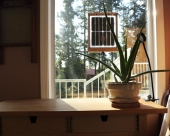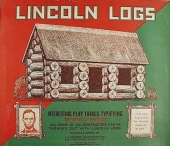I love Mike Oehler and the work he's done to perfect the underground home, but I'm wondering if any different means to build the walls could be recommended. For instance, I was watching the Townsends youtube video of the cabin build (this video in particular:
https://www.youtube.com/watch?v=UlVENzhq_Xw), I was wondering if I might be able to build a frame with cabin methods rather than posts and shoring. I would think that the walls of a cabin in this method would be sturdy enough to withstand the same forces that a post and shoring house would have upon it, yea, even greater forces.
I'm hoping to get good, serious advice. If it would not be recommended and if it would fail in some way, could the method be engineered to work? I find the method lined out in the Townsends video to be easy enough, and I think with modern tools, it would be even more easy.





